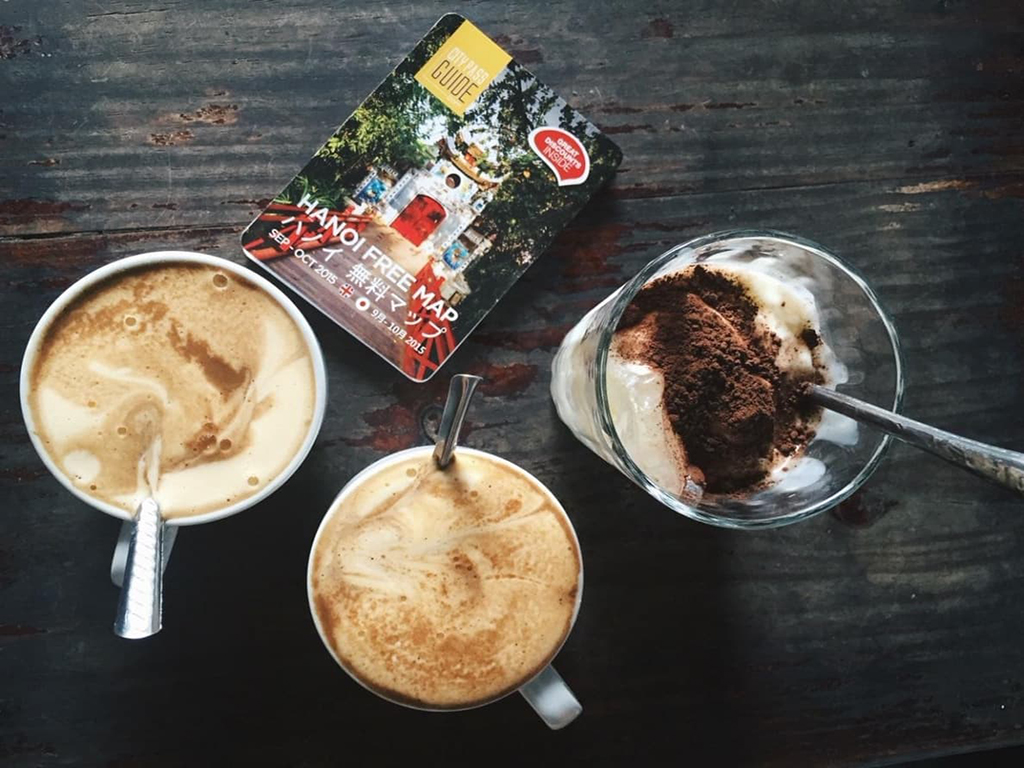Vietnam tips: a first-timer's guide
There's a lot to love about travelling in Vietnam, which stretches from the soaring mountains and fascinating ethnic groups of the north to the endless rice paddies and vibrant waterways of the Mekong Delta in the south, with more than 3000km of glorious coastline in between.
Be open
Get connected
Know your dong from your dollar
While international credit and debit cards are accepted at most larger hotels, restaurants and travel agencies (sometimes with an added fee), cash is still king in Vietnam for day-to-day transactions. ATMs are widely available, and currency can be exchanged at banks (and some gold shops, although this practice is frowned upon by the government).
Note that the official system of separate prices for Vietnamese and foreigners – which applied to everything from train tickets to entrance fees – is a thing of the past.
Be wary of taxi scams
Know your transport options
That said, sometimes you can pay a few more dollars and fly – the more convenient but less sustainable option. Vietnam has several budget airlines, which offer cheap fares but are notorious for being late and strictly enforcing carry-on limits. The national carrier, Vietnam Airlines, has better service and comparable pricing if booked in advance.
More comfortable than buses and cheaper than flights, train travel is another option for getting around Vietnam. A railway line spans the length of the country, following the coastline from HCMC all the way to Hanoi and beyond. It's a must for rail enthusiasts, with the ride considered amongst the most amazing train journeys in the world.
Be aware of your surroundings
Also, while Vietnam has some of the cheapest beer in the world, be careful about overdoing it. Inebriated tourists wandering back to their hotel in the morning hours when there is little traffic around can be seen as easy targets. If you come home late at night, go with a friend and splurge the extra dollar or two on an automobile taxi instead of a motorcycle taxi.
Be safe on the roads
If you’re looking to drive a motorbike yourself, it’s best to save it for one of the quieter destinations like Hoi An, Dalat or Phu Quoc. Always wear a helmet, and be aware of the exhaust pipe, which has caused many a leg burn. As motorbikes tend to drive closely to each other, keep your feet pointed inwards and think of wearing closed shoes which offer extra protection for your feet.
Source JAMES PHAM - lonelyplanet.com


6 most beautiful beaches in Phu Quoc

Chilling out at 5 sea paradises of the South Central Coast
Having your heart stolen in Quy Nhon
If you have never been to Quy Nhon, gone around or discovered emerald Ky Co, cool Eo Gio in the late ...
6 gorgeous sea paradises for summer travel
In the hot weather, you may just want to get away to the blue sea, immerse yourself in the refreshin ...
Luxuriously checking in at famous resorts in Phu Quoc
What motivates you every time you think of travel? To get some new experiences, to relieve stress, t ...
Enjoy 24 hours in Da Lat, Vietnam
Today, both foreigners and Vietnamese tourists love to visit Da Lat any day in the year for some coo ...
Tet and others spectacular festivals around the world in January 2020
In January 2020, Tet festival in Vietnam and others spectacular festivals around the world are color ...
Tet Nguyen Dan in Vietnam and best places to visit
Tet Nguyen Dan or Tet is the most important festival in Vietnam. It is the Vietnamese New Year marki ...






























